Home>Gardening & Outdoor>Landscaping Ideas>How To Care For Karl Foerster Grass
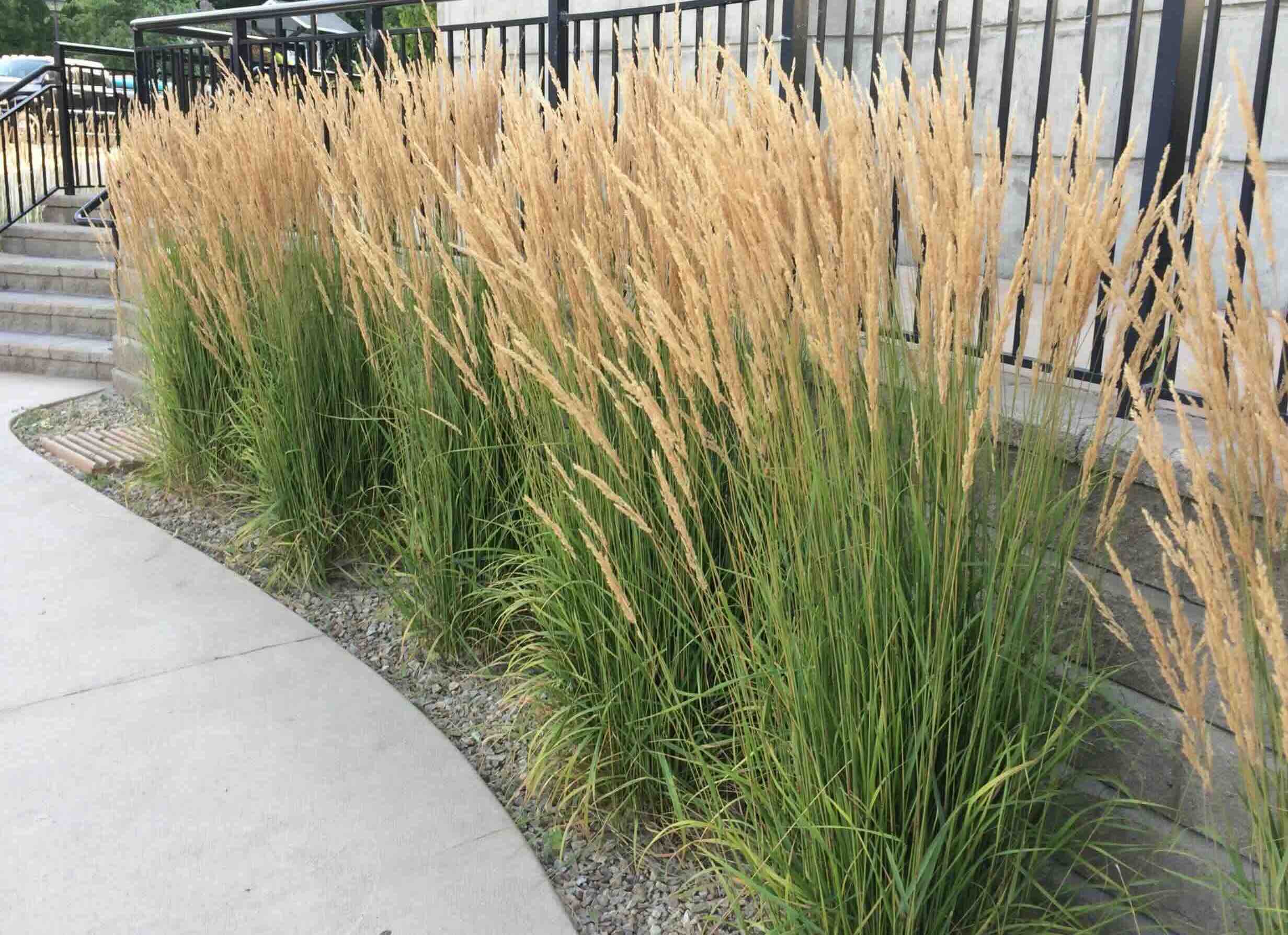

Landscaping Ideas
How To Care For Karl Foerster Grass
Modified: March 25, 2024
Learn how to care for Karl Foerster grass and enhance your landscaping with these expert tips and ideas. Create a stunning outdoor space with our landscaping ideas.
(Many of the links in this article redirect to a specific reviewed product. Your purchase of these products through affiliate links helps to generate commission for Storables.com, at no extra cost. Learn more)
Introduction
Welcome to the world of landscaping, where the beauty of nature meets the creativity of human design. In this guide, we’ll delve into the captivating realm of Karl Foerster grass, an ornamental grass that has become a favorite among gardeners and landscape enthusiasts. Whether you’re a seasoned gardener or just starting your landscaping journey, Karl Foerster grass can add a touch of elegance and tranquility to your outdoor space.
Named after the renowned German horticulturist, Karl Foerster, this grass, scientifically known as Calamagrostis x acutiflora “Karl Foerster,” boasts feathery plumes that sway gracefully in the breeze, creating a mesmerizing display throughout the seasons. Its versatility and low-maintenance nature make it a popular choice for various landscaping applications, from borders and mass plantings to container arrangements and naturalistic landscapes.
Join us as we explore the art of caring for Karl Foerster grass, from understanding its unique characteristics to mastering the essential techniques for nurturing and maintaining its beauty. Whether you seek to enhance the visual appeal of your garden, create a serene backdrop for outdoor gatherings, or simply revel in the joys of gardening, Karl Foerster grass is sure to inspire and delight.
Key Takeaways:
- Embrace the beauty of Karl Foerster grass, a low-maintenance ornamental grass that adds elegance to any landscape. With proper care, it thrives in various conditions, attracting wildlife and creating a serene atmosphere.
- Nurturing Karl Foerster grass is a journey of natural beauty and tranquility. From planting to overwintering, thoughtful care practices ensure its enduring allure in your landscape, fostering a deep connection with nature.
Read more: How To Plant Karl Foerster Grass
Understanding Karl Foerster Grass
Karl Foerster grass, a perennial ornamental grass, is celebrated for its striking appearance and remarkable adaptability. This grass is characterized by its upright growth habit, reaching heights of 2 to 3 feet, with feathery, plume-like flower heads that emerge in early summer and evolve into a golden hue as the seasons progress. Its slender, deep green foliage forms dense, arching clumps, providing an elegant backdrop for the captivating flower spikes.
One of the key attributes of Karl Foerster grass is its resilience in various growing conditions. It thrives in full sun to partial shade and is adaptable to a range of soil types, including loamy, sandy, or clay soils. This adaptability makes it an excellent choice for landscapes with diverse environmental factors, from urban gardens to rural settings.
Another notable feature of Karl Foerster grass is its low-maintenance nature. Once established, it requires minimal intervention, making it an ideal choice for both experienced gardeners and those new to landscaping. Its ability to withstand drought conditions and its moderate growth rate further contribute to its appeal as a hassle-free landscaping option.
Beyond its aesthetic and practical qualities, Karl Foerster grass also serves ecological functions, attracting pollinators and providing shelter for small wildlife. Its graceful swaying in the wind adds movement and visual interest to garden spaces, creating a dynamic and serene atmosphere.
Whether used as a focal point in a garden bed, a border along walkways, or a mass planting in open landscapes, Karl Foerster grass offers versatility and enduring beauty. Its timeless appeal and adaptability make it a valuable addition to any landscape, enriching outdoor spaces with its captivating presence.
Planting Karl Foerster Grass
Planting Karl Foerster grass is an exciting step towards adding elegance and natural charm to your landscape. Before diving into the planting process, it’s essential to consider the ideal timing and location for establishing this graceful ornamental grass.
When selecting a planting site, prioritize a location that receives ample sunlight, as Karl Foerster grass thrives in full sun to partial shade. Ensure that the soil is well-draining and amend heavy clay soils with organic matter to improve drainage and create a favorable environment for root establishment.
Spring and early fall are optimal seasons for planting Karl Foerster grass. During these periods, the moderate temperatures and increased moisture levels provide favorable conditions for the grass to acclimate and develop strong root systems. Before planting, prepare the soil by loosening it to a depth of 12-18 inches and incorporating a balanced, slow-release fertilizer to provide essential nutrients for initial growth.
When it comes to spacing, allow adequate room for the grass to reach its full potential. Plant individual Karl Foerster grass clumps approximately 18-24 inches apart to accommodate their mature size and ensure proper air circulation between plants.
Once the planting site and timing are determined, follow these steps to plant Karl Foerster grass:
- Prepare a hole that is twice as wide as the root ball and of equal depth.
- Gently remove the grass from its container, taking care not to disturb the roots excessively.
- Place the grass in the center of the hole, ensuring that the top of the root ball is level with the surrounding soil surface.
- Backfill the hole with soil, gently firming it around the root ball to remove air pockets.
- Water the newly planted grass thoroughly to settle the soil and provide essential moisture for establishment.
After planting, maintain consistent soil moisture during the initial growth phase, providing supplemental watering during dry spells to support root development. As the grass establishes itself, it will gradually acclimate to its new environment and begin its journey of adding beauty and allure to your landscape.
Watering and Fertilizing Karl Foerster Grass
Proper watering and fertilizing practices are essential for nurturing the health and vitality of Karl Foerster grass, ensuring its long-term beauty and resilience in the landscape. Understanding the specific requirements of this ornamental grass will empower you to provide the optimal care it needs to thrive.
Watering:
Upon planting, Karl Foerster grass requires consistent moisture to support root establishment. Water newly planted grass deeply, ensuring that the soil is evenly moist but not waterlogged. As the grass becomes established, gradually transition to a moderate watering schedule, allowing the soil to dry slightly between watering sessions to encourage the development of a robust root system.
During periods of prolonged drought or extreme heat, provide supplemental watering to prevent the soil from becoming excessively dry. Aim to water deeply, allowing the moisture to penetrate the soil to the depth of the grass’s root zone. This encourages the roots to grow deeply, enhancing the grass’s resilience to drought conditions.
Fertilizing:
Karl Foerster grass typically thrives in nutrient-rich soil, and a balanced fertilization regimen can further support its growth and vigor. In early spring, as the grass emerges from dormancy, apply a slow-release, granular fertilizer formulated for ornamental grasses. This provides a steady supply of nutrients to support healthy foliage and robust flowering.
When applying fertilizer, follow the manufacturer’s recommendations regarding the application rate and method. Gently work the fertilizer into the soil around the base of the grass, taking care to avoid direct contact with the foliage to prevent potential burning or damage. Water the area thoroughly after fertilization to facilitate the absorption of nutrients into the soil.
It’s important to monitor the grass’s response to fertilization, adjusting the frequency and dosage as needed based on its growth and overall health. Avoid over-fertilizing, as excessive nutrients can lead to lush, weak growth and may diminish the grass’s natural resilience.
By maintaining a balanced approach to watering and fertilizing, you can foster the optimal health and vitality of Karl Foerster grass, allowing it to flourish and grace your landscape with its enduring beauty.
Water Karl Foerster grass regularly, especially during dry periods, to keep the soil consistently moist. Avoid overwatering to prevent root rot. Cut back the grass in early spring to remove dead foliage and promote new growth.
Pruning and Maintenance of Karl Foerster Grass
Pruning and maintenance play a pivotal role in preserving the aesthetic appeal and vigor of Karl Foerster grass, ensuring that it continues to thrive and enchant in the landscape. With its graceful form and enduring beauty, this ornamental grass benefits from thoughtful care and periodic maintenance to maintain its health and visual allure.
Pruning:
Pruning Karl Foerster grass primarily involves the removal of old foliage and spent flower stalks to rejuvenate the plant and promote new growth. In late winter or early spring, before the new growth emerges, trim the previous year’s foliage down to a height of a few inches above the ground. Use sharp, clean pruners to make precise cuts, taking care to avoid damaging the emerging shoots at the base of the plant.
When removing the old foliage, consider the overall shape and symmetry of the grass, aiming to create a tidy and uniform appearance. As the new growth emerges, the fresh foliage and flower spikes will rise gracefully, creating a captivating display that extends throughout the growing season.
Maintenance:
Beyond pruning, routine maintenance practices contribute to the overall health and attractiveness of Karl Foerster grass. Keep the following maintenance considerations in mind to support the well-being of this ornamental grass:
- Dividing: Every few years, consider dividing mature clumps of Karl Foerster grass to maintain its vigor and prevent overcrowding. In early spring, carefully lift the clumps, dividing them into smaller sections using a sharp spade, and replant the divisions in suitable locations to allow for renewed growth and vitality.
- Weeding: Regularly inspect the area around the grass to remove any weeds or unwanted vegetation that may compete for resources and detract from the grass’s visual impact. Vigilant weeding helps maintain a clean and uncluttered appearance around the grass clumps.
- Soil Amendment: Periodically assess the soil around Karl Foerster grass and amend it with organic matter or a balanced fertilizer to replenish essential nutrients and maintain favorable soil structure. This supports the grass’s overall health and resilience.
- Winter Care: In regions with harsh winters, consider leaving the dried foliage and flower stalks intact during the winter months to provide visual interest and offer a degree of protection to the grass clumps. In early spring, as new growth emerges, proceed with pruning and maintenance to refresh the appearance of the grass.
By integrating prudent pruning and conscientious maintenance into your gardening routine, you can uphold the enduring beauty and vitality of Karl Foerster grass, ensuring that it remains a captivating focal point in your landscape for years to come.
Read more: How Fast Does Karl Foerster Grass Grow
Dealing with Pests and Diseases
While Karl Foerster grass is known for its resilience and low-maintenance nature, it is not immune to potential pest infestations and diseases. Understanding the common issues that may affect this ornamental grass equips you with the knowledge to identify and address these challenges effectively, preserving the health and beauty of your landscape.
Pests:
One of the primary pests that may impact Karl Foerster grass is the aphid, a small, sap-sucking insect that can cluster on the grass’s stems and foliage. Aphids can cause stunted growth and distorted foliage, diminishing the grass’s visual appeal. To manage aphid infestations, consider using a targeted insecticidal soap or horticultural oil, applying it according to the manufacturer’s instructions to mitigate the pest population without harming beneficial insects.
Diseases:
Karl Foerster grass is generally resistant to most diseases, but it may occasionally encounter issues such as leaf spot or rust, particularly in conditions of high humidity or overcrowding. Leaf spot manifests as dark, irregular lesions on the foliage, while rust appears as orange or reddish pustules on the grass blades. To address these diseases, practice good sanitation by removing and disposing of affected foliage, and consider applying a fungicidal treatment if the issues persist or worsen.
To prevent pest and disease issues, prioritize proactive measures to maintain the overall health and vigor of Karl Foerster grass:
- Optimize Growing Conditions: Ensure that the grass is planted in a location with adequate sunlight and well-draining soil, as healthy, vigorous plants are better equipped to resist pests and diseases.
- Air Circulation: Allow for sufficient air circulation around the grass clumps by avoiding overcrowding and maintaining an open, uncluttered planting environment. This reduces the likelihood of moisture-related diseases and fosters a healthier growing environment.
- Moderate Fertilization: Avoid excessive fertilization, as lush, overfed growth may attract pests and can make the grass more susceptible to certain diseases. Follow recommended fertilization practices to maintain balanced growth and resilience.
- Regular Inspection: Routinely inspect the grass for signs of pest activity or disease symptoms, addressing any issues promptly to prevent their escalation and minimize potential damage.
By adopting a vigilant and proactive approach to pest and disease management, you can safeguard the health and vitality of Karl Foerster grass, allowing it to flourish and grace your landscape with its enduring beauty.
Overwintering Karl Foerster Grass
As the seasons transition and the landscape prepares for the arrival of winter, it’s essential to consider the best practices for overwintering Karl Foerster grass, ensuring its resilience and readiness for the colder months. By implementing thoughtful strategies, you can help the grass withstand winter conditions and emerge with vigor and grace as the seasons shift once again.
Winter Preparation:
Prior to the onset of winter, assess the overall condition of the grass and take steps to prepare it for the forthcoming cold weather. Consider the following measures to support the grass’s winter resilience:
- Pruning: In late fall, after the grass has entered its dormant phase, consider trimming the foliage to a height of 4-6 inches. This helps prevent the accumulation of heavy snow or ice on the grass, reducing the risk of damage to the plant’s structure.
- Clean-Up: Remove any debris or fallen leaves from around the base of the grass clumps to promote air circulation and discourage the development of fungal issues during the winter months.
- Protective Mulching: In regions with harsh winter conditions, consider applying a layer of organic mulch around the base of the grass to provide insulation and protect the roots from extreme temperature fluctuations. This mulch layer can also help mitigate moisture loss and reduce the likelihood of frost heaving.
Winter Care:
Throughout the winter, monitor the grass periodically and take note of any potential stressors or issues that may arise. Consider the following aspects of winter care to support the grass’s well-being:
- Snow Management: If the grass becomes burdened with heavy snow accumulation, gently brush off the excess snow to prevent the weight from causing bending or breakage of the grass clumps. Use caution to avoid damaging the grass while clearing the snow.
- Moisture Monitoring: In regions with limited winter precipitation, provide supplemental watering during dry spells to prevent the soil from becoming excessively dry. Ensure that the grass receives adequate moisture without waterlogging the soil.
- Spring Transition: As winter yields to spring, observe the grass for signs of new growth and vitality. Once the threat of frost has passed, consider removing any remaining winter mulch and tidying up the area around the grass to facilitate the emergence of new growth.
By implementing these overwintering practices, you can help Karl Foerster grass navigate the winter months with resilience and fortitude, setting the stage for its renewed beauty and vitality in the upcoming growing season.
Conclusion
Embarking on the journey of caring for Karl Foerster grass opens a world of natural beauty, timeless elegance, and serene charm within your landscape. As you immerse yourself in the art of nurturing this graceful ornamental grass, you become a steward of its enduring allure, creating a harmonious and captivating outdoor environment.
From understanding the unique characteristics of Karl Foerster grass to mastering the essential techniques for planting, watering, and maintenance, you have gained valuable insights into the art of cultivating and preserving its beauty. By embracing the low-maintenance nature of this ornamental grass and integrating thoughtful care practices, you can create a landscape that exudes tranquility and visual splendor throughout the seasons.
As you tend to Karl Foerster grass, consider the profound impact it brings to your outdoor space. Its feathery plumes swaying in the breeze, its slender foliage forming elegant clumps, and its enduring resilience in various growing conditions all contribute to the enchanting tapestry of your landscape.
Moreover, the journey of caring for Karl Foerster grass extends beyond mere horticultural practices. It fosters a deep connection with nature, allowing you to appreciate the subtle rhythms of the natural world and find solace in the simple yet profound beauty of the grass’s graceful presence.
As you witness the changing seasons and the evolving beauty of Karl Foerster grass, may you find inspiration in the art of nurturing and preserving the timeless allure of nature. Let this journey be a testament to the transformative power of landscape stewardship, where the delicate artistry of Karl Foerster grass intertwines with your vision, creating a landscape that reflects your reverence for natural beauty and the enduring charm of the outdoors.
Embrace the art of caring for Karl Foerster grass, and let its timeless elegance become a cherished cornerstone of your landscape—a testament to the enduring allure of nature and the harmonious coexistence of human design and natural splendor.
Frequently Asked Questions about How To Care For Karl Foerster Grass
Was this page helpful?
At Storables.com, we guarantee accurate and reliable information. Our content, validated by Expert Board Contributors, is crafted following stringent Editorial Policies. We're committed to providing you with well-researched, expert-backed insights for all your informational needs.




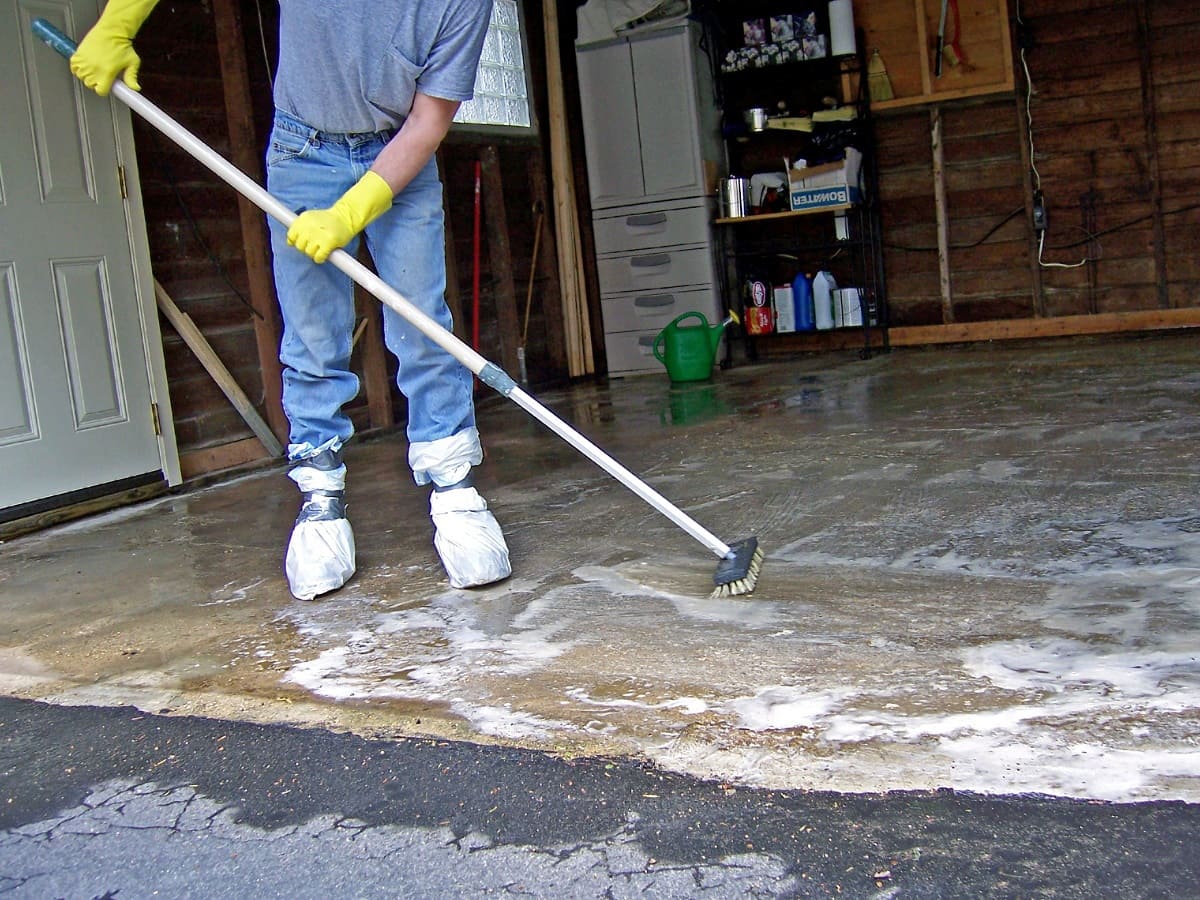




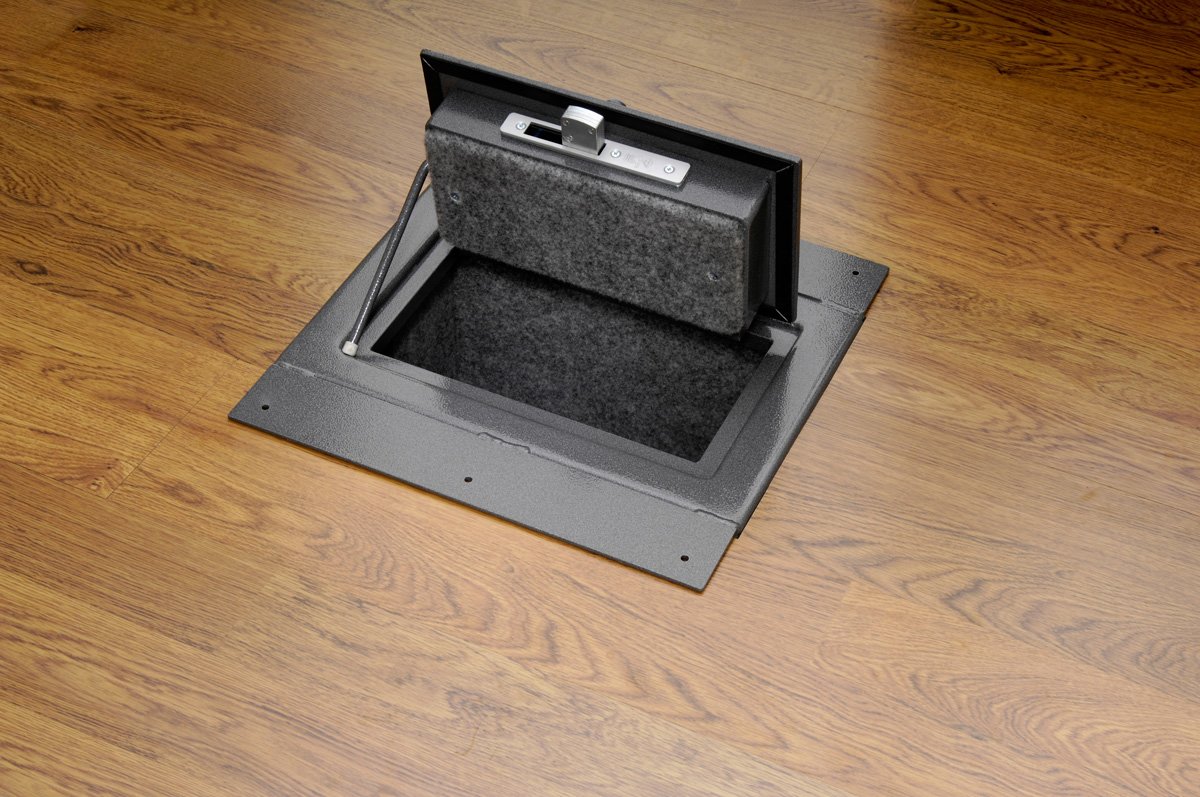
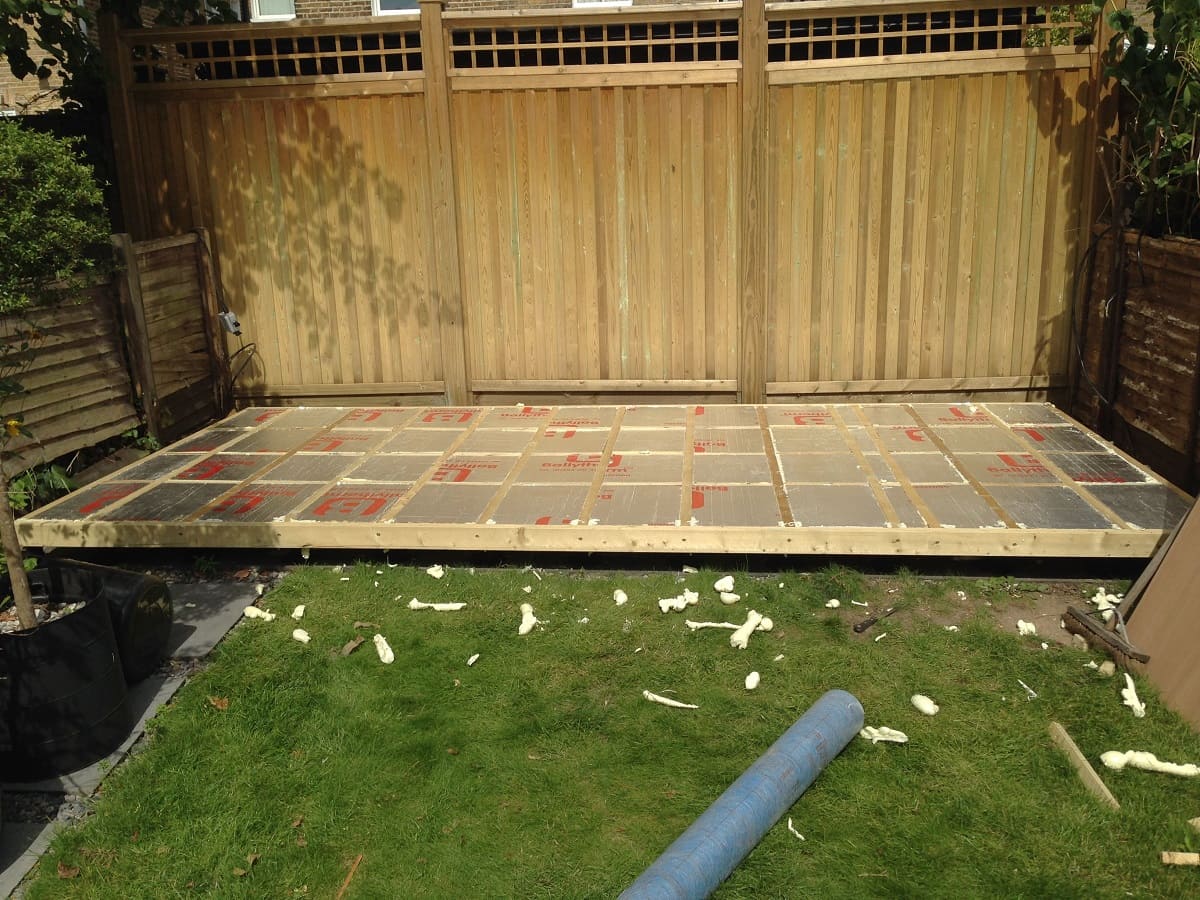
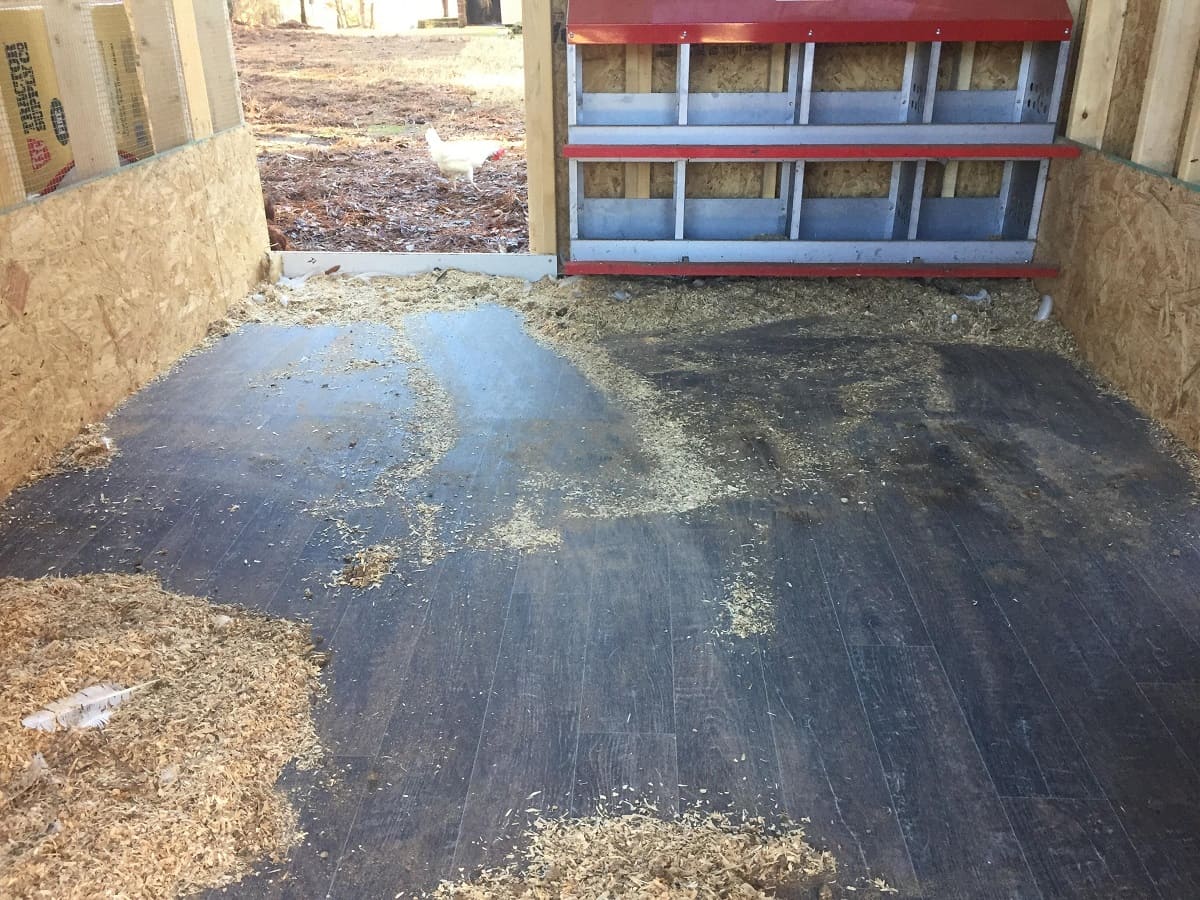



0 thoughts on “How To Care For Karl Foerster Grass”